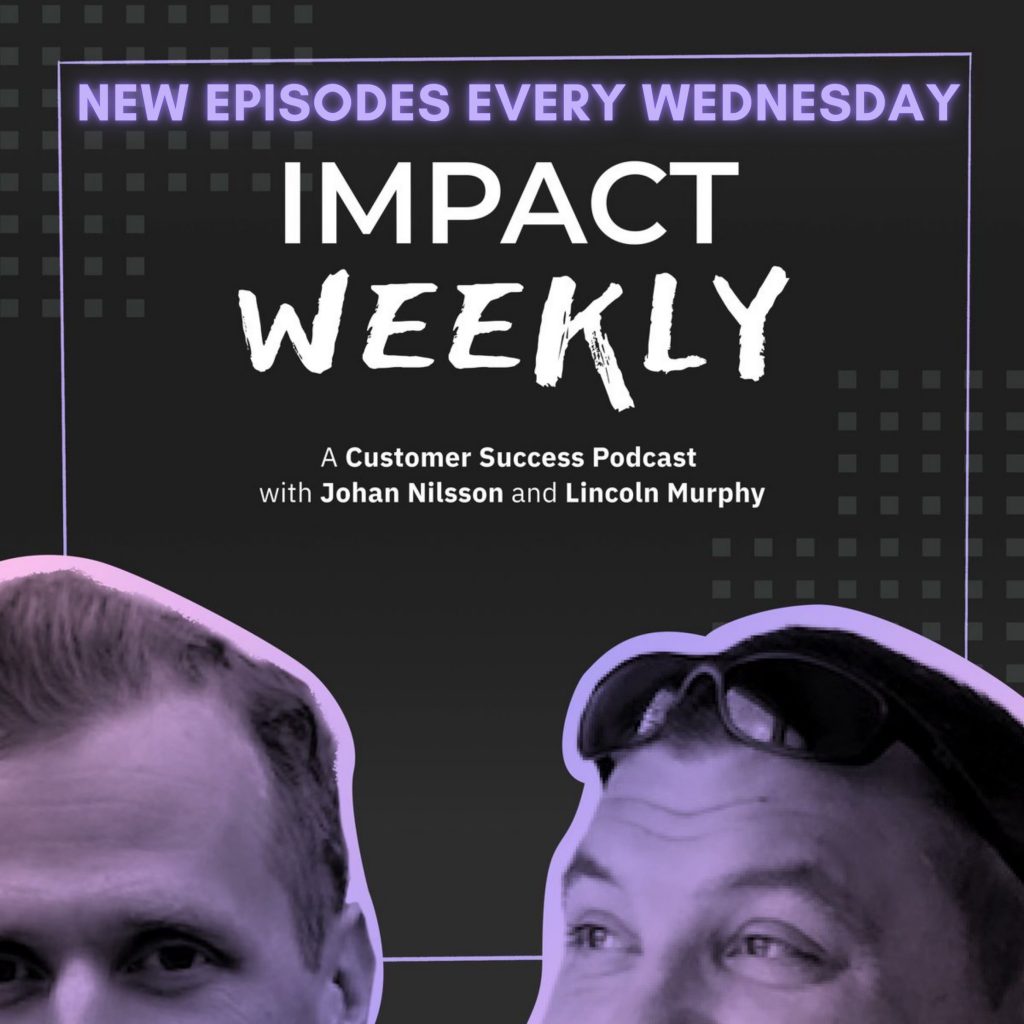Okay, this is it… finally, my definitive answer on measuring SaaS churn!
I’ve heard it all before… things like “Lincoln, you talk about churn a lot, but you don’t ever say anything!”
First, that’s just hurtful.
Second, all of these “how do I measure the success of a SaaS business?” questions depend on so many different factors, it’s super-hard to generalize.
Wait… let me re-phrase that.
It’s super-easy to generalize; it’s just hard if you care about sending the wrong message.
And I don’t want to send the wrong message, so I’ve laid it out as simply as I can.
All SaaS Churn is Not Created Equal
The reality is, the “rules” for B2B SaaS apply – if they even do – very differently to B2C SaaS.
And within B2B SaaS, the things that work for low-touch, self-service apps (departmental, productivity, line of business) are often quite different than for “enterprise” B2B SaaS (which looks an awful lot like the enterprise software business).
You can have three companies that are “Software-as-a-Service” that all leverage the SaaS Business Architecture and they could all be completely different in their goals, their customers, the stage of the company, their funding, their target market, their price, their sales process, etc.
Oh, and ALL three of those could be Project Management products!
So with that backdrop, it should be easy to understand how things like how you calculate – and the value you put on – your churn metrics might vary a bit from company to company, right?
But I know you want that definitive answer, so here’s my best attempt (chocked full of weasel words).
In a business where your goal is to generate revenue, measuring revenue churn or Dollar Revenue Retention (DRR) is probably the way to go. Maybe.
A New SaaS Churn Metric: Dollar Revenue Retention
Let me take a moment to further clarify Dollar Revenue Retention or DRR.
DRR is basically revenue renewal values – the dollars that renew – and is generally measured on an annual and/or cohort basis.
It doesn’t take into consideration – nor does it care about – the number of *customers* retained/renewed… just the number of Dollars (or Euros, Yen, Krona, etc.).
So, if you use up-sells, cross-sells, and otherwise charge more for additional/expanded use of your SaaS product, you very well could have lost customers, but had your DRR stay constant or – ideally – grow!
On the flip side, you could keep all of your customers – have 100% customer renewal or 0% customer churn – but lose revenue and have a DRR less than 100% due to down-sells, discounts, refunds, credits, or a reduction in use by your customers.
Now, if you’re reporting these numbers to your board of directors and investors, as Nick Mehta, CEO of Gainsight and who’s also on several boards told me, they actually like to see existing DRR separated from growth/up-sell.
This way – Nick explained – they can clearly see the “headwind” of customers not renewing or downgrading and not have it hidden by up-sells.
In general, you might see DRR used like this on a cohort basis:
“Annual DRR for those that signed-up in January was 95%, but for those that signed-up in Feb it was 137% … let’s get more customers like the ones we got in Feb.”
If DRR is 100%, that simply means the company renewed 100% of the revenue from last year… nice, but not up and to the right like the board would really like to see, right?
Enterprise SaaS Churn: Where the Big Boys Play
If your company is Enterprise B2B SaaS, many VCs are saying that DRR of 110% per year is ideal and the more meaningful “churn” metric for companies like yours.
In fact, those same VCs (top firms like Bessemer, Sequoia, Battery, etc.) say that even if you lose 5% of your customers per year (95% customer/logo retention being ideal for E-B2B SaaS companies according to those VCs), if your DRR is 110% – meaning you grew revenue over last year in-spite of losing customers – you’re doing great.
One company I talked to the other day had 137% DRR. Not bad, right?
But what about non-Enterprise B2B SaaS companies? What about B2C SaaS? Those that use one of the 7 different flavors of Freemium?
There aren’t benchmarks that I know of (that matter) because within those different “categories” you have so many variables it’s crazy…
…which is why most research firms aggregate and generalize and why I find it difficult to put much stock in those reports even though it’s tempting.
But, again, if you’re in a business where your goal is to generate revenue, DRR is probably your go-to metric when measuring churn or retention. Possibly.
Venture Capitalists are Driving DRR Use
BTW, if you haven’t seen the term DRR before, that’s because it’s a relatively new term – well, it could’ve been around 1,000 years, but it’s relatively new in the SaaS biz AFAIK – so if you aren’t familiar with it, it’s just another way of saying “negative churn due to expansion revenue.”
That all said… keep in mind where it’s coming from… Venture Capital firms.
VCs primarily have a financial interest in the companies they invest in, so DRR becomes a nice, clean number to report progress (or lack thereof) to them with respect to churn.
And since everyone listens to VCs (they have your money in their pocket, right? Of course you’ll listen to them!), things like DRR will instantly become the only thing we care about.
But is this a good idea?
Is DRR the end-all, be-all when it comes to churn?
Is DRR the Only SaaS Churn Metric that Matters?
No, I don’t think we should completely dismiss customer churn, even if DRR becomes the go-to standard for measuring churn.
Why? Simple… if you’re losing customers (even if you’re growing revenue with the remaining customers), something is wrong.
It might be that you are:
- attracting the wrong audience in the first place
- mis-spending on customer acquisition (likely over-spending)
- without an “ideal customer” definition
- wasting time / effort / energy dealing with low-value customers
- messing things up at different parts of the customer lifecycle and causing some cohort to not engage / dis-engage and leave
I could go on, but you get the picture.
Even if you actively jettison “bad” customers, eventually that should level off as you clear those guys out, so that shouldn’t factor into your customer churn metrics on an ongoing basis, right?
Can we agree that after you fire your low-value customers, if you *still* have customer churn, something is wrong? Okay, good.
So right now DRR looks good, but if Customer Retention is getting worse, your DRR could eventually be affected and…
… profitability could start to be negatively impacted.
Losing Customers is Bad… Fix It
So while Revenue is the key metric to pay attention to vis-a-vis churn, profit is the key indicator of your overall business success, right? (theoretically at least)
Where DRR is >100% per year, those individual customers might be quite profitable, and if DRR in aggregate is >100% per year, things might look really good.
But the customers that churn out – even if their lost revenue is offset by expansion revenue from other customers – will still have a cost associated with them: they still have an acquisition cost (CAC), they still have a support cost, and they are likely a drag on growth and a drain on resources in many other ways.
I just can’t see how turning-and-burning low-value customers does anything to positively affect bottom-line profit so, while revenue churn is the thing to focus on, that doesn’t mean you can let overall customer churn go unchecked.
So – definitively – what the key churn metric should be for an Enterprise SaaS company vs. a non-Enterprise B2B SaaS provider vs. a B2C SaaS… vs. Freemium vs. Free vs whatever is… unfortunately,… it depends.


